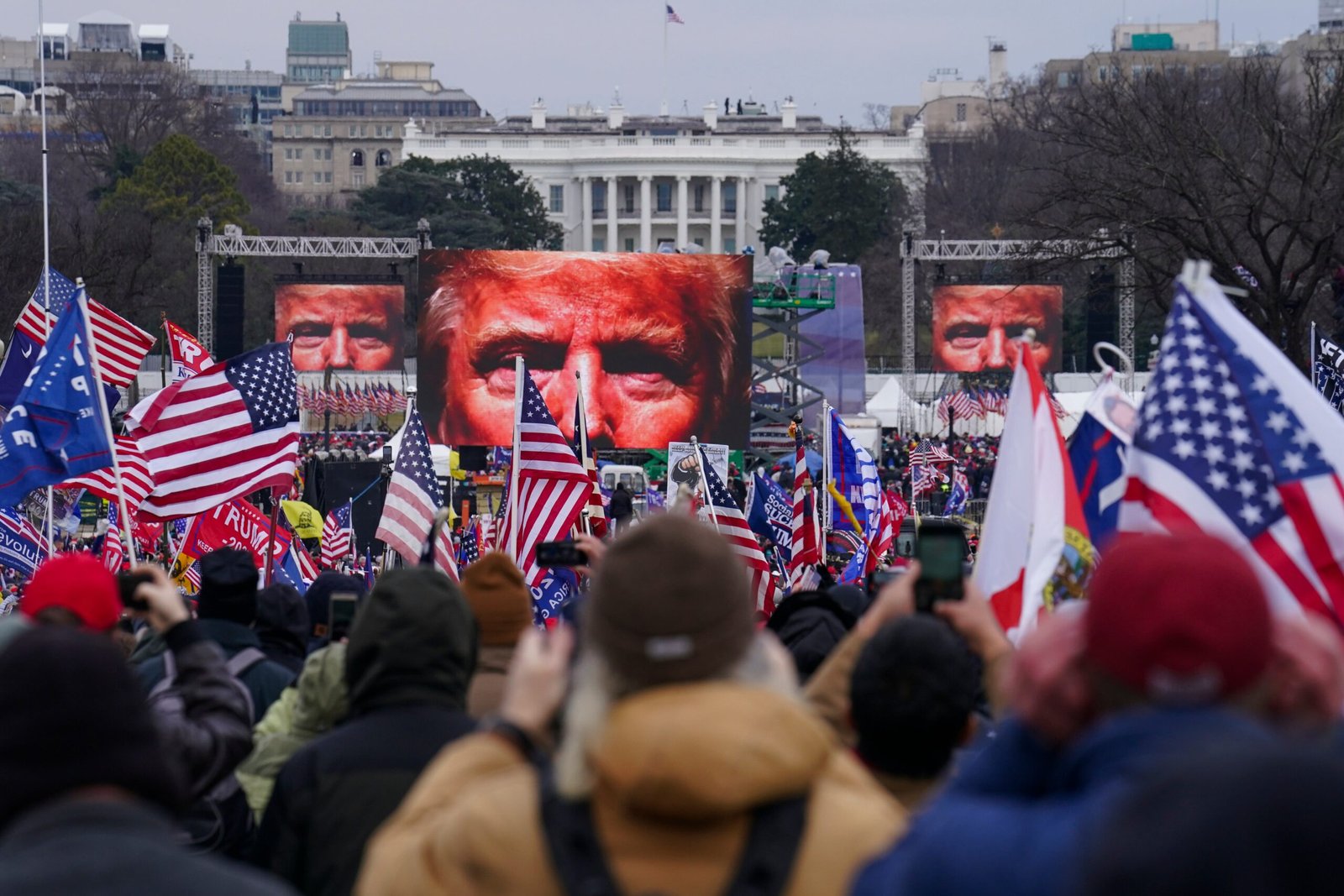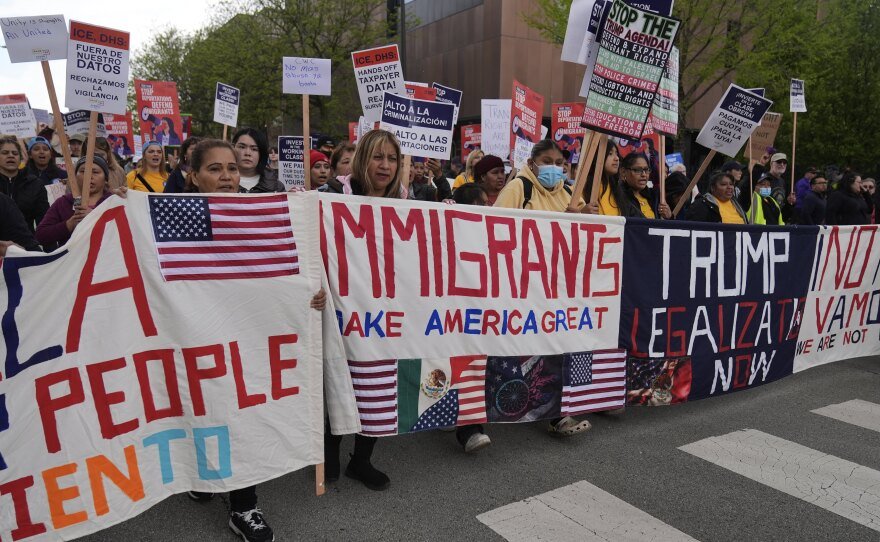
Protect and Evict: Policing, Power, and the Crisis of Legitimacy in California
“They wear helmets. We carry posters. Who exactly is escalating?” — Community activist, Oakland, 2025

Introduction: The Armored State
In April 2025, the California Highway Patrol ordered over 7,000 new sets of tactical riot armor. Not long after, the Los Angeles Police Department acquired four decommissioned military drones, citing “crowd stabilization needs.”
These purchases occurred while California’s largest cities were cutting public education budgets, and thousands of unhoused residents were being forcibly removed from downtown encampments.
In a moment of profound social rupture, California — often celebrated for its progressivism — has revealed the same structural response as many red-state counterparts:
More surveillance. More gear. Less trust.
I. From Public Safety to Tactical Control
The purpose of law enforcement, at its core, is legitimacy. Without it, policing becomes performance — an exercise in optics and force.
In 2025:
- Over 54% of Californians under 30 say they no longer trust local police.
- In communities of color, that number rises to 71%.
- Incidents of “pre-emptive crowd suppression” have tripled since March.
The language may remain the same — “maintaining public order,” “community safety,” “de-escalation protocols” — but the image is unmistakable:
Armored vans. Tactical rifles. Drones overhead.
And on the ground? Protestors with handmade signs and cardboard shields.
II. The Logic of Militarization
How did we get here?
After 9/11, the Department of Homeland Security began funneling billions of dollars in military-grade equipment to local police departments across the country — including California.
What began as counterterrorism evolved into:
- Advanced riot control systems
- Non-lethal but high-impact weapons
- Biometric surveillance integrated with patrol operations
California accepted the gear, even as its politics shifted left.
The result is a contradiction between rhetoric and infrastructure: a state that preaches sanctuary, yet polices protest zones like occupied territory.
III. Policing Without Consent
In theory, policing is a social contract.
But in 2025, the terms of that contract are broken.
Examples include:
- Facial recognition tech used at student protests, despite local bans
- ICE-paired data mining from LAPD databases
- Eviction enforcement during wildfire season in regions declared emergency zones
- The use of tear gas in Oakland, despite a city council ban still under legal review
These actions are not anomalies. They are indicators of systemic drift from consent-based governance toward strategic coercion.
IV. The Fragmentation of Public Order
In California today, policing is not monolithic. It is fragmented.
- In Berkeley, entire police budgets have been reallocated to civilian-led safety councils.
- In Fresno, local militias have filled power vacuums left by understaffed departments.
- In San Diego, protestors have built their own “de-escalation squads” using nonviolent tactics and rapid-response legal teams.
- In East L.A., gangs provide informal arbitration where the LAPD no longer patrols.
This is what collapse looks like before it is named.
The public has not abandoned order. It has abandoned institutions that no longer reflect its values.
V. What Happens When Law Enforcement Loses Legitimacy
In political theory, legitimacy is harder to win than power — and far easier to lose.
And when it collapses:
- Policing becomes occupational, not relational
- Citizens become subjects, not stakeholders
- Order becomes imposed, not co-created
This is not a speculative warning. It is the lived experience of thousands of Californians in 2025.
Police legitimacy isn’t declining. It is in free fall.
And no amount of armored gear can fix what public trust once upheld.
Conclusion: The Uniform Is Not Enough
California’s future cannot be built on riot shields and drone footage.
It must be built on:
- Restored civic trust
- Non-punitive safety models
- Decriminalization of survival
- And the radical idea that protection means more than force
Until then, we should stop pretending that “law and order” means anything beyond who gets to stand where — and who gets removed by whose hand.
For a full examination of how policing, surveillance, and state power shape the Californian crisis, read California on Fire — a 100+ page expert exploration of legitimacy, rebellion, and the unmaking of civic authority.

